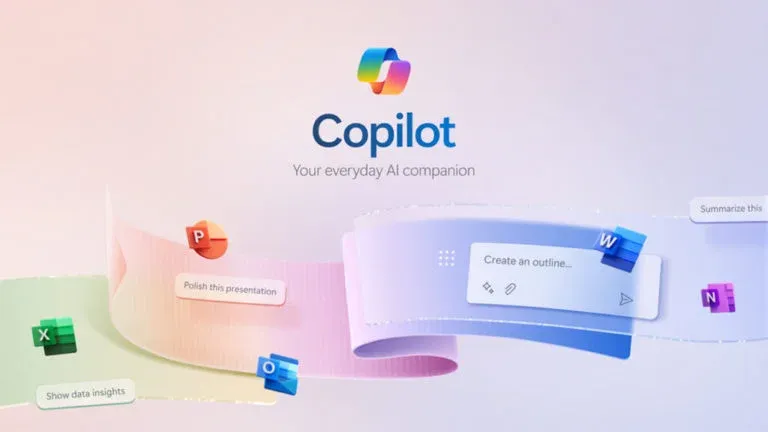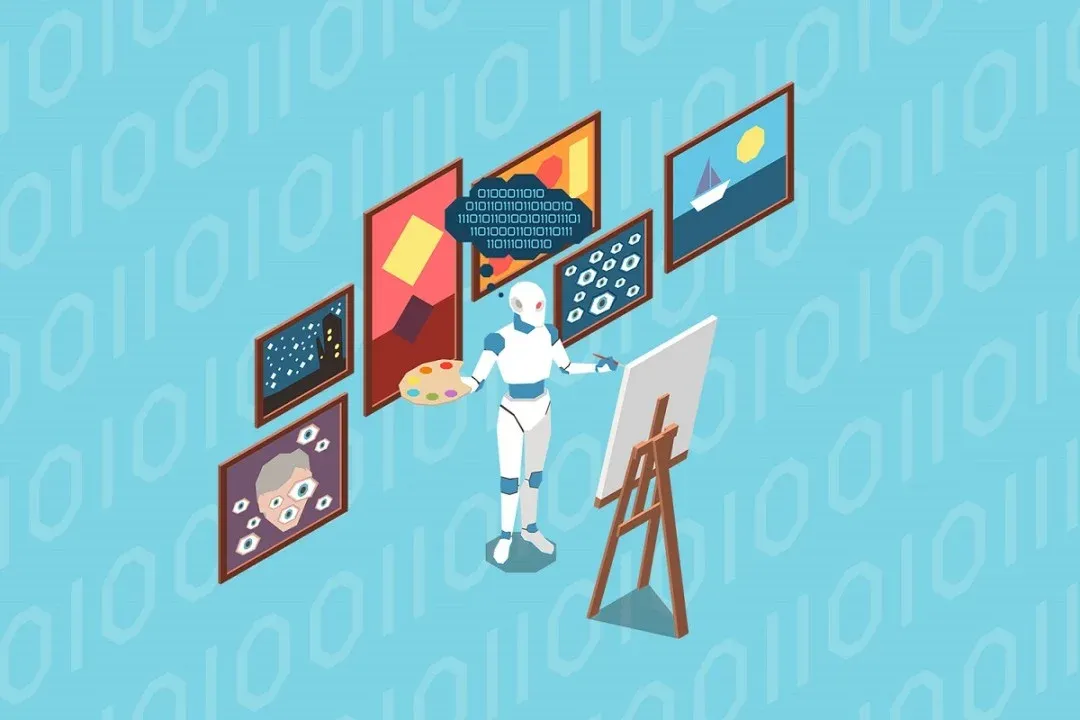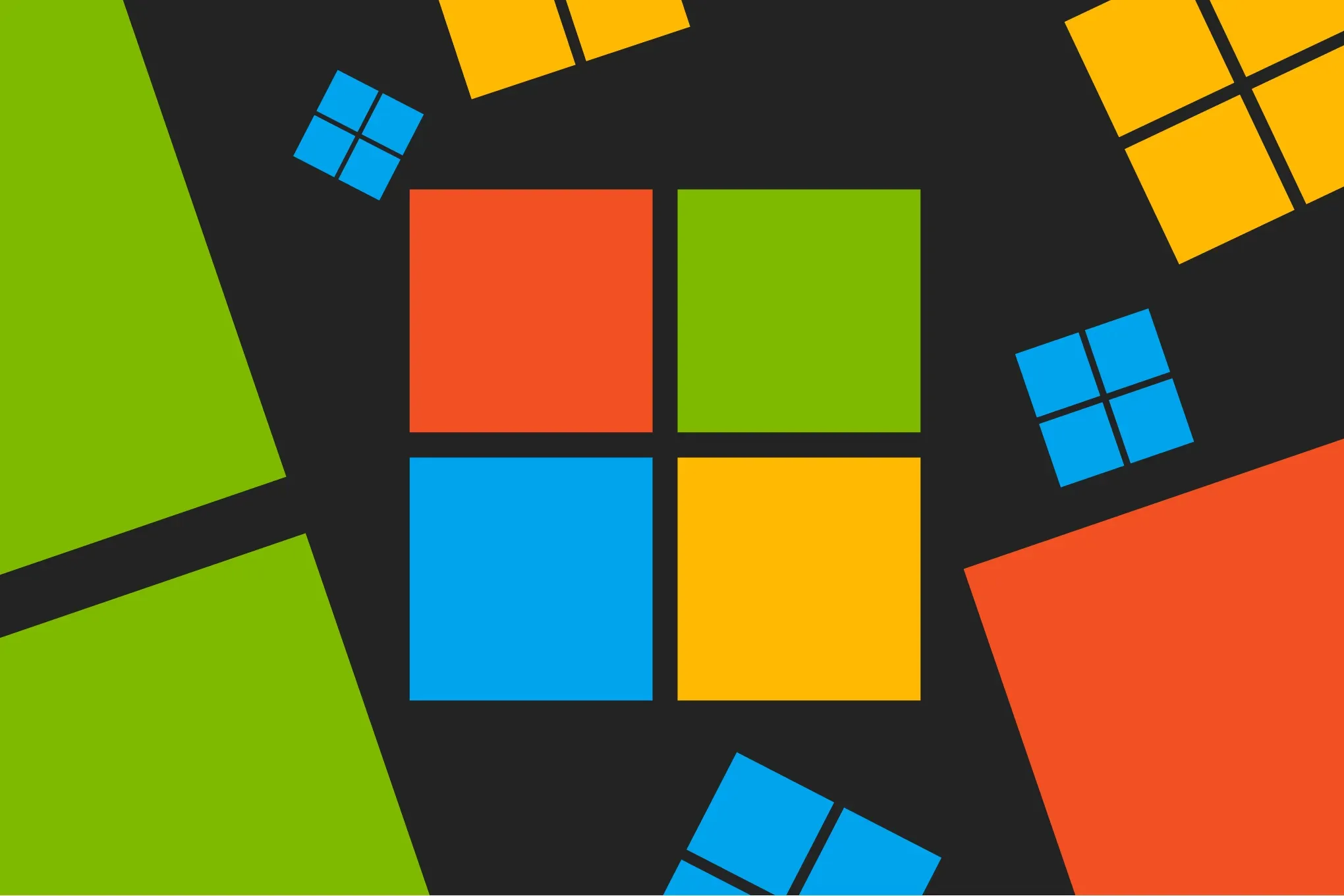Jon Friedman, Microsoft’s Corporate Vice President of Design and Research, is known for driving the company's bold initiative to unify the look and feel of its hardware and software.
Since 2019, he has worked to bring a consistent design language across Microsoft’s wide range of products — a vision that continues to evolve today.
But now, like much of the tech world, Friedman’s focus has expanded beyond traditional design into something even more transformative: the integration of AI into the creative process.

Ahead of the major Microsoft 365 Copilot redesign, Friedman reflected on the profound impact AI is having on creative work. In his view, AI isn't just an add-on feature — it’s reshaping what it means to design.
Change is 'Dramatic'
"The change is dramatic,"
Friedman says.
"Our role isn’t just about designing anymore — it’s about editing, adapting, and collaborating with AI as a new material."
In the past six to eight months, Friedman's own role has shifted from purely leading design to acting almost like an editor-in-chief — curating not just visuals, but the overall product experience.
As AI features become embedded in creative tools like Adobe apps and Figma, designers are moving away from building everything manually.
Instead, they are evolving into orchestrators — guiding, refining, and shaping AI-generated outcomes to realize their creative visions.
The rise of generative AI in creative fields hasn’t been without controversy. As AI becomes more capable, distinguishing between human-made and AI-generated work has grown increasingly difficult, stirring unease across industries like gaming, advertising, and entertainment.
Microsoft's design team itself began experimenting with generative AI in 2022, using it to help meet tight deadlines for a Surface ad campaign.
The resulting video, created with AI tools like Hailuo and Kling, was published months ago — and few could tell it wasn't crafted entirely by hand.
Despite the debates, Friedman sees AI not as a threat, but as an amplifier of human creativity. He has personally used tools like DALL-E to illustrate his son’s book and has turned to AI for video editing and website creation.
He believes the future will involve a blending of disciplines, where designers may work alongside "AI engineers" and engineers with "AI designers" — creating new roles where big-picture creative thinking becomes the key differentiator.
AI as a Creative Partner — Not a Replacement

Across the creative community, there’s a growing divide: the excitement over AI’s possibilities versus the fear of being replaced.
Many creators now find themselves navigating this tension, wondering whether their skills will remain relevant in an AI-powered future.
Friedman acknowledges that resistance to new technology is natural. Yet he is optimistic that once creators embrace AI as just another tool — one that enhances their passions rather than replaces them — it can unlock new dimensions of creativity. "For me, it amplified my makership," he explains.
Microsoft’s broader vision hints at a world where AI doesn't merely assist but becomes a "digital colleague," collaborating with human creators.
As the boundary between AI helper and human replacement continues to blur, one thing remains clear: the future of creativity won’t be about competing against machines — it will be about building alongside them.







